For the United States, writes Kathy Moon, a nuclear armed North Korea undercuts its security and traditional policy objectives, such as nonproliferation, and destabilizes the East Asia region. But for South Korea, it is an existential threat. Given the high tensions of late, Seoul fears being dragged into a war or, at the very least, falling victim to limited military exchanges between Washington and Pyongyang. This piece originally appeared in Foreign Affairs.
After sending a missile over Japan on August 29, North Korea has returned to threatening the United States, claiming its latest provocation was only a prelude to what awaits Guam. To be sure, Pyongyang takes pleasure at taunting the most powerful country in the world with its growing nuclear capabilities, but the United States would be simply wrong to assume that it is the ultimate target of North Korea’s belligerence.
For the United States, a nuclear armed North Korea undercuts its security and traditional policy objectives, such as nonproliferation, and destabilizes the East Asia region. But for South Korea, it is an existential threat. Given the high tensions of late, Seoul fears being dragged into a war or, at the very least, falling victim to limited military exchanges between Washington and Pyongyang.
South Korea faces a triad of pressures—from its enemy in the north, its superpower ally across the Pacific, and its largest trading partner, China. President Moon Jae-in, however, who has been in office for only three months, has been dealing with the stresses remarkably well. In the early weeks of his presidency, Moon took a softer rhetorical approach toward the volatile Donald Trump, fully agreeing with the U.S. president’s suggestion to tighten allied coordination and impose tougher sanctions on Pyongyang. The new South Korean leader surprised those who had assumed that as a pro-engagement, liberal opposition leader, he would go easy on North Korea. After Pyongyang conducted an ICBM test in early July, Moon emphasized that “more than just a statement” was needed and then proposed that Seoul and Washington conduct a decapitation missile-firing drill, which would prepare for the elimination of the top North Korean leadership in case of war.
But Moon had also insisted, upon assuming office, that South Korea suspend and review the full deployment of the advanced U.S. anti-missile defense system known as THAAD (Terminal High Altitude Area Defense), which had already begun prior to his presidency. To his North Korean counterpart, Moon extended several olive branches, ranging from generous humanitarian assistance, military dialogue to reduce border tensions, and the reunion of families divided by the demilitarized zone. (Pyongyang has rejected all offers thus far.) Moon’s gestures are notable for avoiding the self-righteous and superior attitude of his predecessor, the impeached and deposed Park Geun-hye. Pyongyang excoriated her, and interpreted her pursuit of preparations for unification to mean its collapse or its forced absorption by South Korea. Still, inter-Korean relations fell to a new low during Park’s tenure.
In August, Moon began hardening his rhetoric toward Washington, declaring that he would never let South Korea get embroiled in another peninsular war. He boldly stated that any U.S. military action against North Korea would require South Korean consent. Although most national leaders reserve the right to assert national sovereignty, South Korean presidents have rarely been so explicit about telling Washington what it can or cannot do. Moon may be hoping to be more assertive in dealing with both North Korea and the United States to avoid getting trapped by either’s initiatives.
This contrasts with the previous administration, which tended to wait for Washington to take the lead on North Korea. But former President Barack Obama’s “strategic patience” approach frustrated South Koreans and made them anxious to formulate an effective policy against North Korea. Moon, on the other hand, has now made it clear that he will take a tough approach toward Pyongyang while keeping the door ajar for dialogue. On August 17, he announced that he would enforce a “red line” for North Korea’s nuclear capabilities, which no world leader has been willing to do. In a speech, he explained that the threshold would be “completing the development of an intercontinental ballistic missile and being able to weaponize it with a nuclear warhead.” At the same time, Moon has sought to counter Trump’s wild impulsiveness in order to prevent war and to keep the possibility of inter-Korean dialogue open.
What might make Moon more effective in his approach to balance openness with toughness is to upgrade the South Korean military. In late July, after a series of missile tests from Pyongyang, Seoul requested talks with Washington about increasing the payload of South Korean missiles. Boosting the power of its missiles would heighten Seoul’s ability to destroy underground bunkers or nuclear sites in North Korea. Seoul also seeks to build nuclear submarines to counter the North’s improvements in submarine-launched ballistic missiles, which are part of Pyongyang’s efforts to diversify its nuclear arsenal, increase strategic flexibility, and reduce the vulnerability of its landbased systems.
More recently, Moon commanded the ministry of defense to enhance war readiness in the case of a North Korean incursion or attack. His call for comprehensive defense reform serves two purposes. It will strengthen its position against North Korea and also put it in a better position to take over operational command from the United States should war break out. Both are intended to increase South Korean sovereignty and command over its own security.
Moon’s biggest challenge at the moment is dealing with domestic calls for nuclearizing South Korea by reintroducing U.S. tactical nuclear weapons or building its own arsenal. Although the idea of building nuclear weapons is usually supported by the conservative opposition, it is gaining broader traction. In September 2016, a Gallup survey found that 58 percent of South Koreans supported the development of a home-grown nuclear arsenal and only 34 percent opposed it. Although Moon’s administration is adamantly against nuclearization, he was also anti-THAAD but has since relented and allowed for its full deployment.
Given Pyongyang’s rollout of missile tests and nuclear devices, and Trump’s “America First” rhetoric and inconsistency on foreign policy, it is likely that South Koreans’ support for nuclearization will grow. This of course would violate the 1992 Joint Declaration on Denuclearization on the Korean Peninsula signed by Seoul and Pyongyang, but the latter had already broken its promise decades ago. Nevertheless, a homegrown South Korean nuclear arsenal would likely trigger a nuclear arms race in East Asia and lead to the breakdown of the nuclear umbrella that the United States has maintained for over half a century. It would also eliminate South Korea’s moral high ground and political justification for demanding the North’s denuclearization. For now, Moon has continued to toughen his stance. After North Korea’s saber rattling on Tuesday, Seoul responded by sending eight rockets toward the North Korean border and releasing images of its own missile tests.
The nuclear standoff with North Korea is also putting pressure on South Korea’s troubled economy. Young people, especially, despair over joblessness and whether they can have a viable future. South Korea’s unemployment rate for those 15-24 years of age experienced the highest increase among all OECD countries between December 2016 and April 2017.
China, in taking advantage of the situation, is using economic tools to punish Seoul for deploying THAAD. It has successfully called on citizens to boycott South Korean products that are produced by large conglomerates such as Hyundai, Kia, and the Lotte Group, whose land holdings in South Korea were used by the Korean government to house the THAAD system. Lotte Shopping Group reported an 88 percent drop in second quarter earnings in China compared to the same period last year. Nearly 30 percent of Lotte’s sales outside South Korea come from China. It was reported in September that the Chinese retaliatory boycott has seriously hurt Hyundai Motors, too. A 41 percent drop in sales in the first seven months of this year hurt cash flow and caused the temporary closing of four manufacturing plants. Chinese tourism to South Korea has been prohibited and lucrative cultural products—from Kpop to classical music concerts—have been unilaterally blocked. South Korea has lost an estimated $4.7 billion in tourism earnings from Chinese visitors based on 2016 spending figures.
International pressure for China to enforce tough sanctions against North Korea has not made a substantial dent in slowing or stopping the advancement of Pyongyang’s nuclear capability. And yet, China’s unofficial sanctions against South Korea are causing real economic pain to chaebol (family-owned conglomerates), cultural entrepreneurs, and average workers alike at a time when good diplomatic relations with Beijing are critical for Seoul’s geopolitical and domestic economic goals.
On the other side of the Pacific, the Trump administration is intent on pushing tougher trade demands on both China and South Korea while pressing each to deal collaboratively with the nuclear challenge from North Korea. This puts South Korea on a tough path: it must balance its security and economic priorities while also improving relations with two indispensable powers. Seen in this light, it is no wonder that the North, sensing a lack of solidarity among those who could rein it in, has decided in recent weeks to test the strength of the alliance.
The Brookings Institution is committed to quality, independence, and impact.
We are supported by a diverse array of funders. In line with our values and policies, each Brookings publication represents the sole views of its author(s).

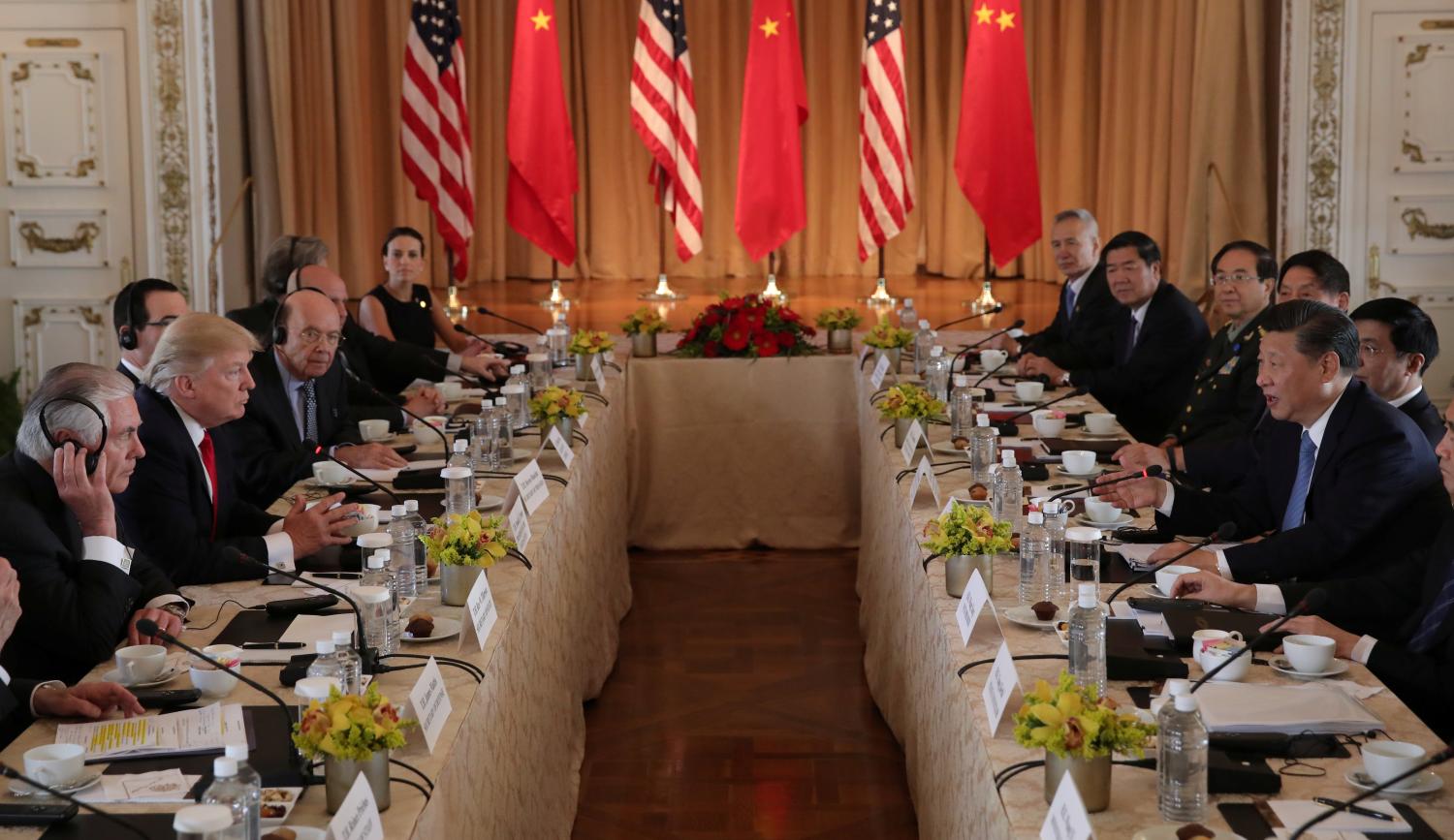
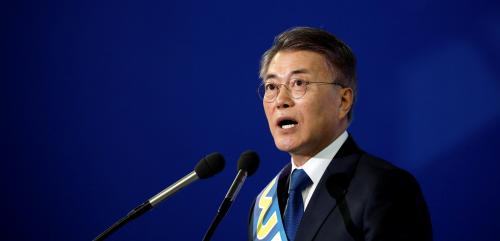
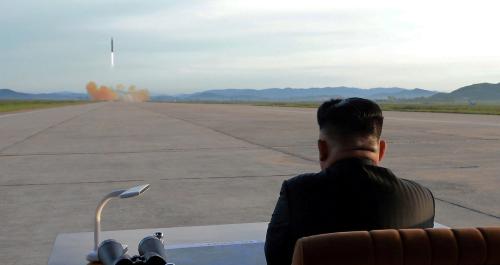
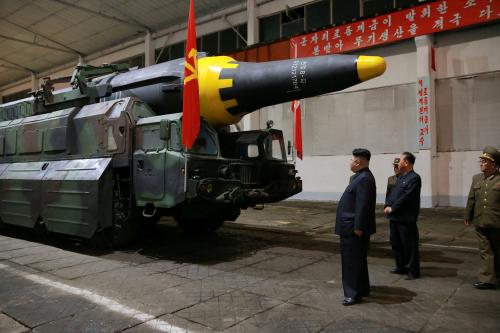
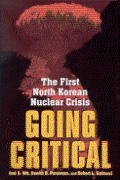
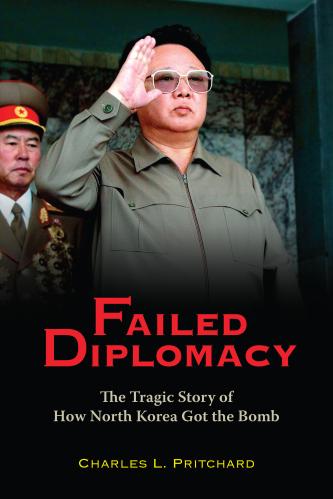


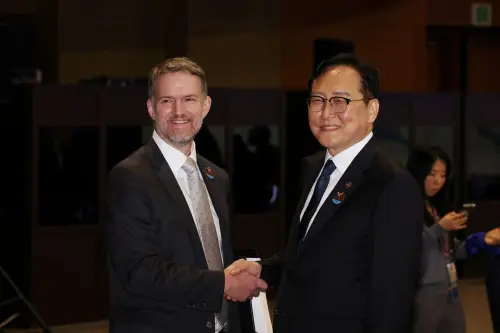
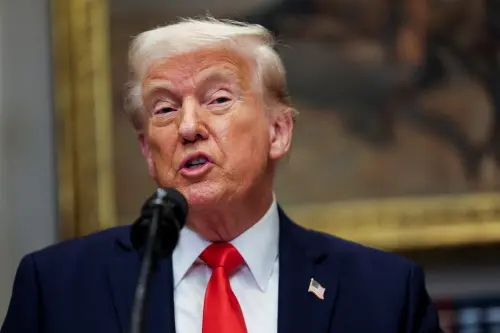
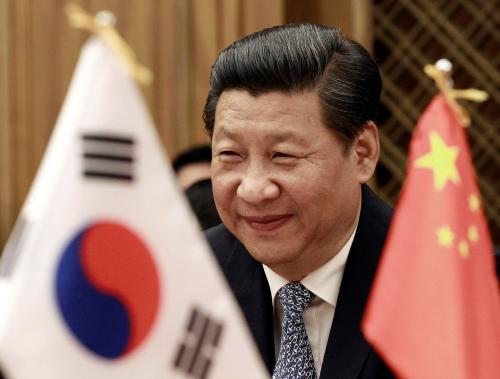
Commentary
Caught in the middle: How the North Korean threat is ultimately Seoul’s problem
September 21, 2017